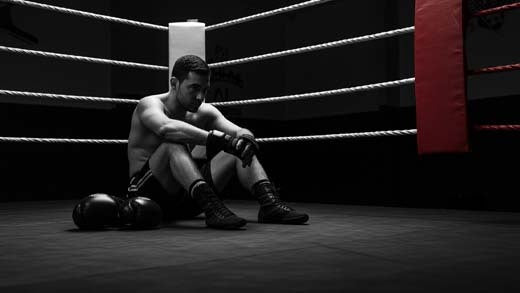Research from the Cleveland Clinic shows that boxing and martial arts contribute to approximately 20% of all traumatic brain injuries in sports activities. The decision to wear headgear during sparring sessions extends past personal preference because it directly affects training safety. The safety of athletic training practices depends directly on this decision.
The boxing community remains split about using protective headgear because some boxers accept it while others do not. Headgear is believed to lower the chances of getting injured, but some experts maintain that it creates risky movements that generate stronger impacts. So, which method really supports smarter sparring?
Why Fighters Choose Headgear
Boxers in amateur programs or early training stages often rely on headgear for physical and mental reassurance. While it doesn’t eliminate danger, it offers:
-
Visible injury protection: Helps reduce cuts, nose bruises, and swelling from direct hits
-
Mental confidence: Especially helpful for less experienced boxers who are building their ring composure
-
Rule compliance: Required in many amateur events and regional competitions
This setup makes it easier to focus on learning without worrying about cosmetic damage. But visual protection isn’t the same as brain protection.
When Headgear Works Against You
The International Boxing Association (IBA) removed headgear from elite amateur male competitions in 2013. Their decision followed studies showing that wearing it led to higher concussion rates during bouts.
Why?
-
Narrowed field of view: The padding can obscure peripheral vision, making it harder to see hooks and angles
-
Larger target zone: The bulk increases head size, making clean hits more likely
-
Overconfidence: Knowing they’re padded, fighters may stay in the pocket longer and take unnecessary risks
This shift in perception is why many professionals and experienced fighters spar without it.
Benefits of Sparring Without Headgear
Sparring without headgear forces athletes to be more disciplined, alert, and efficient. Coaches often recommend this approach under tightly controlled conditions.
Key benefits include:
-
Improved defense: Fighters slip, block, and counter more naturally when they're not relying on padding
-
Better visibility: No gear means wider vision, improving response time
-
Realistic training conditions: Pro fights don't allow headgear, so it makes sense to train without it as fight night approaches
It’s not about going hard; it's about going smart.
Essential Boxing Gear That Matters More
The protective role of your boxing gear remains essential both with and without headgear during your training sessions.
Here’s what smart fighters never skip:
-
Sparring gloves: Designed to absorb shock and minimize injury for both parties.
-
Training gloves: Sparring gloves function for mitt and bag exercises, yet they do not work during partner training.
-
Mouthguards: Vital for jaw protection and preventing broken teeth.
-
Hand wraps: Support wrists and knuckles during impact.
-
Punching bags: Allow power training without the risk of direct contact.
Keeping this gear in peak condition is just as important as using it. For that, read Boxing Gear Maintenance Tips for Long-Lasting Equipment to extend the life of your setup.
What the Research Says
A 2022 study published in the British Journal of Sports Medicine concluded that headgear provides minimal reduction in rotational forces, the leading cause of concussions. Instead, sparring intensity, skill level, and gear quality had a stronger correlation with safety outcomes.
This supports a technique-driven, low-intensity sparring culture rather than one focused on heavy exchanges. With or without headgear, what matters is how sparring is structured.
So, Which Is Safer?
It depends on experience level, sparring type, and control. For beginners or those prone to superficial injuries, headgear can serve as a practical starting point. However, for advanced fighters and those transitioning to pro-level training, sparring without it under supervision often leads to better long-term skill and injury prevention.
Either way, the focus should be on:
-
Controlled sparring
-
Proper boxing gear
-
Coach oversight
-
Respect for pacing
This strategy outperforms any one piece of equipment in keeping athletes safe.
Conclusion
Sting Sports every product is built with one purpose: to help fighters train with intent, precision, and protection. From engineered sparring gloves to breathable headgear, each item is designed for peak function.
Training decisions aren't about picking sides. They're about picking smart gear and habits. Whether beginners are easing into sparring or professionals are prepping for competition, Sting offers what's needed to stay sharp without setbacks.

